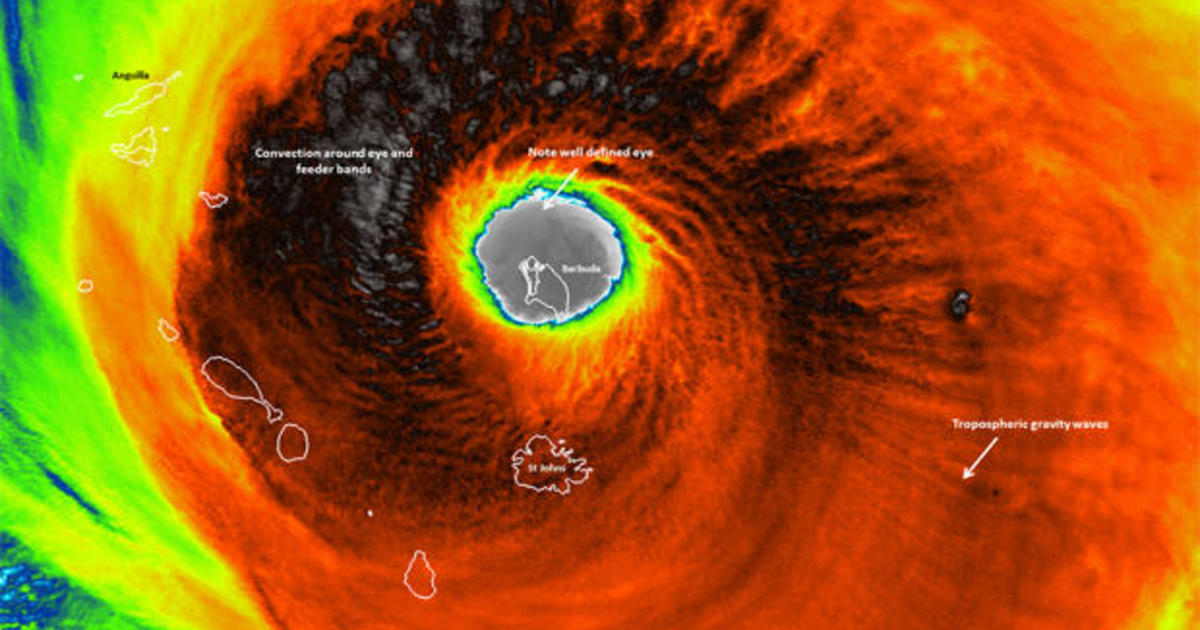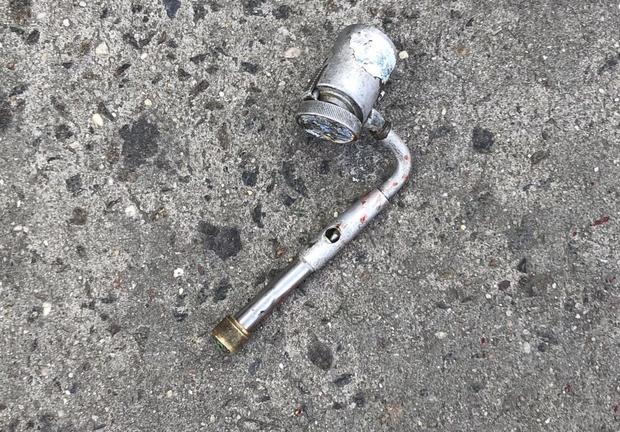
The Atlantic hurricane season will be slightly above-average this year, Colorado State University (CSU) hurricane researchers predicted Thursday. The researchers cited a “relatively low likelihood of significant El Niño” conditions as a main factor.
In total, the team believes there will be 14 named storms. Hurricane researchers predict seven of the storms will become hurricanes and three will reach “major hurricane strength with sustained winds of 111 miles per hour or greater.”
Part of the reason is that a weak La Niña this past winter seems to be weakening further.
“El Niño tends to increase upper-level westerly winds across the Caribbean into the tropical Atlantic, tearing apart hurricanes as they try to form,” researchers explained.
CSU hurricane researchers believe this season’s activity will be about 135 percent of the average season. For reference, last year’s hurricane activity — which included one major storm after another — was nearly two and a half times greater than average.
The team forms their forecasts by using 60 years of data, referencing sea surface temperatures, vertical wind shear levels, sea level pressures, El Niño conditions and other factors. They plan to provide updates on May 31, July 2 and Aug. 2.
The 2018 Atlantic hurricane season runs from June 1 to Nov. 30.
© 2018 CBS Interactive Inc. All Rights Reserved.

